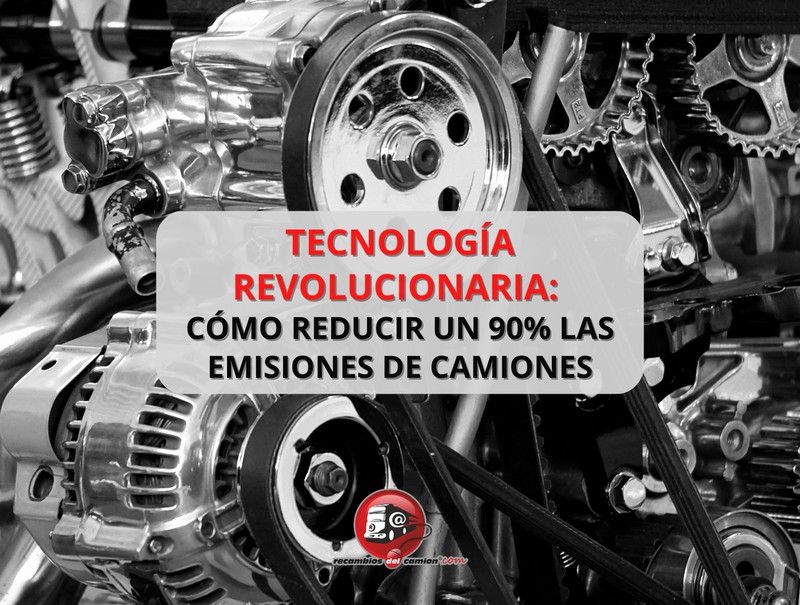Revolutionary technology to reduce truck emissions by 90%
How to drastically reduce carbon emissions from freight trucks? The answer could lie in the innovative technology developed by Qaptis. Its mobile carbon capture system promises to reduce emissions from freight trucks by up to a staggering 90%, and has already begun pilot testing at a transport company in Tolochenaz.
Every year, trucks traveling through Switzerland emit more than one million tons of CO2, according to data from the Swiss Federal Statistics Office. Although the presence of electric trucks is growing, the exact percentage has not yet been revealed. In the European Union, only 600 electric trucks of at least 16 tons were registered in the first quarter of 2023, compared to 86,455 with a combustion engine.

Qaptis seeks to reduce the carbon footprint of conventional cargo trucks by capturing the CO2 emitted by the exhaust pipe and storing it in a liquid state. With a prototype installed in collaboration with a local carrier, the company is preparing for real pilot tests. The base technology originated in EPFL's Industrial Process and Energy Systems Engineering Laboratory, converting CO2 from gas to liquid with the lowest possible energy consumption.
The Qaptis system is designed to be installed on existing trucks. After CO2 is collected from the exhaust pipe, it is cooled and separated from other gases using a powder adsorbent. In the future, they plan to use an organometallic powder to further improve the process, although this product is not yet produced on an industrial scale. Once saturated, the adsorbent is heated by the heat of the combustion engine, releasing CO2, which high-speed turbochargers compress into a liquid to take up less space.
The liquid CO2 is stored behind the cabin and can be emptied when the truck returns to its loading terminal. In addition, Qaptis is working on a recovery system that will allow drivers to empty their CO2 tanks at gas stations, thus expanding the reach of this technology.
Qaptis achieved an R&D milestone when its prototype produced the first drops of liquid CO2 last spring. Although still in a nascent phase, the prototype can be connected with standard connections and operate under normal conditions. Initially tested at a US company, the system was moved to Tolochenaz for further optimization. It is expected that in the coming months the system will be sufficiently miniaturized for installation in vehicles.





Opinions of our clients
Receive our news